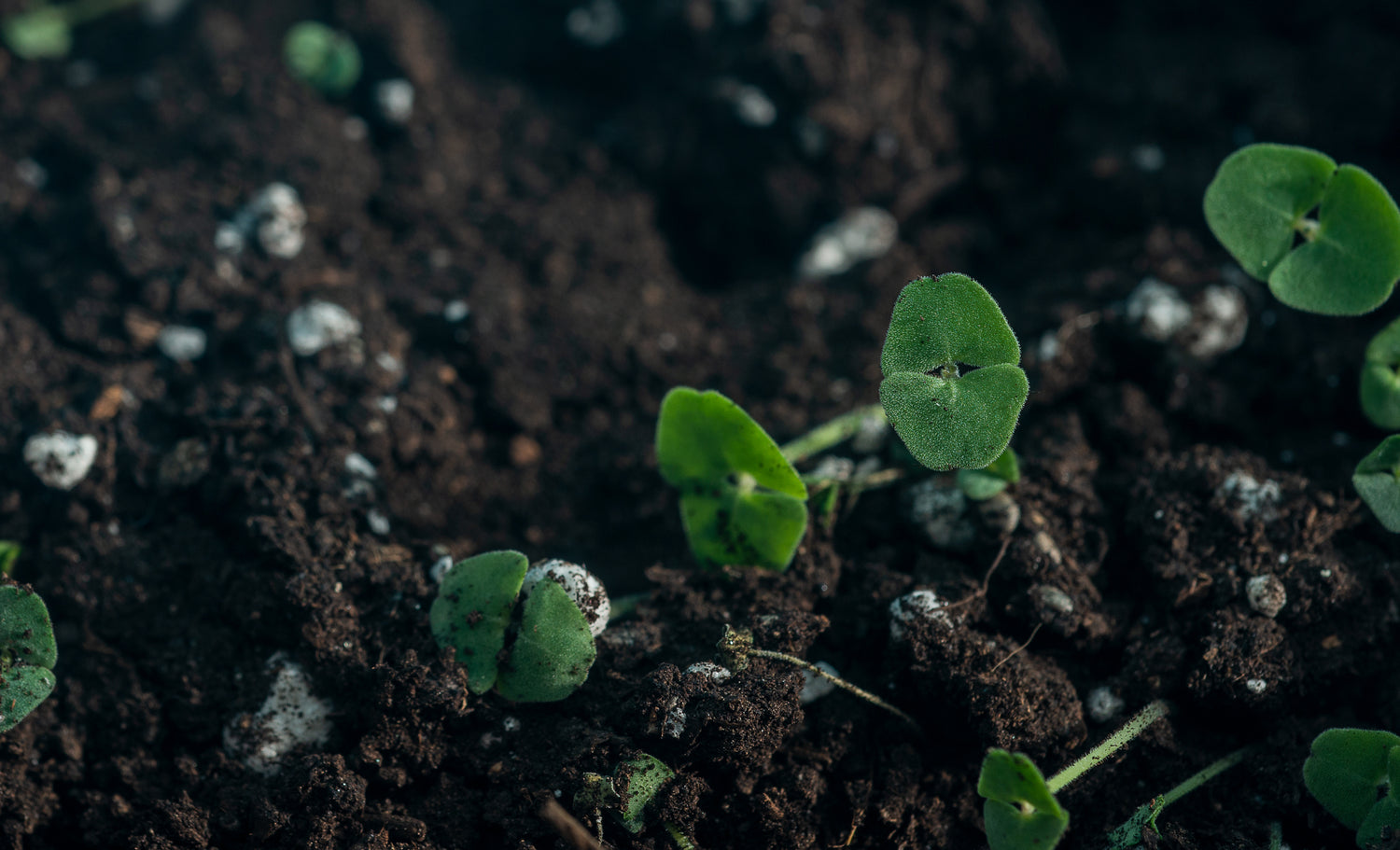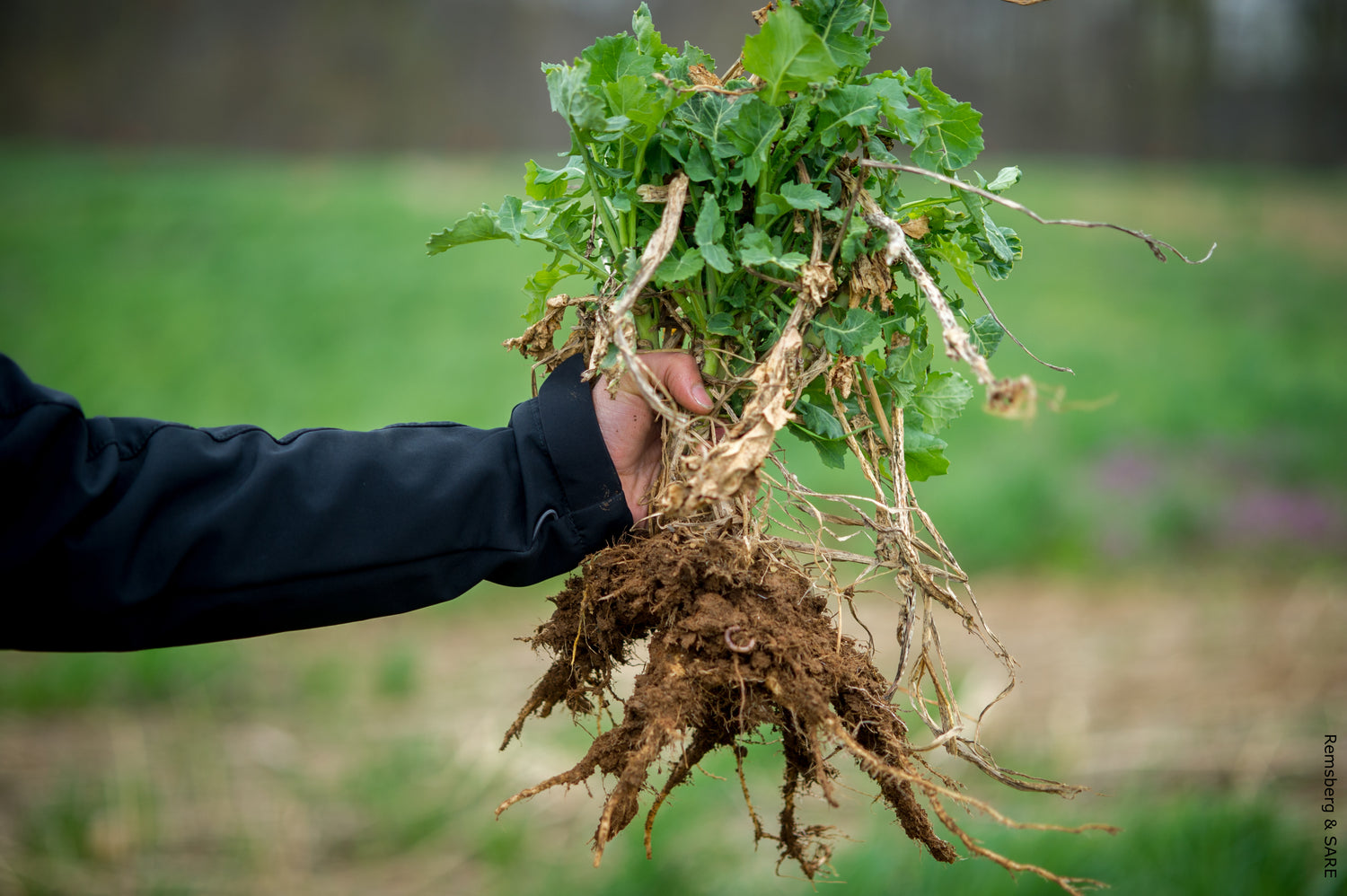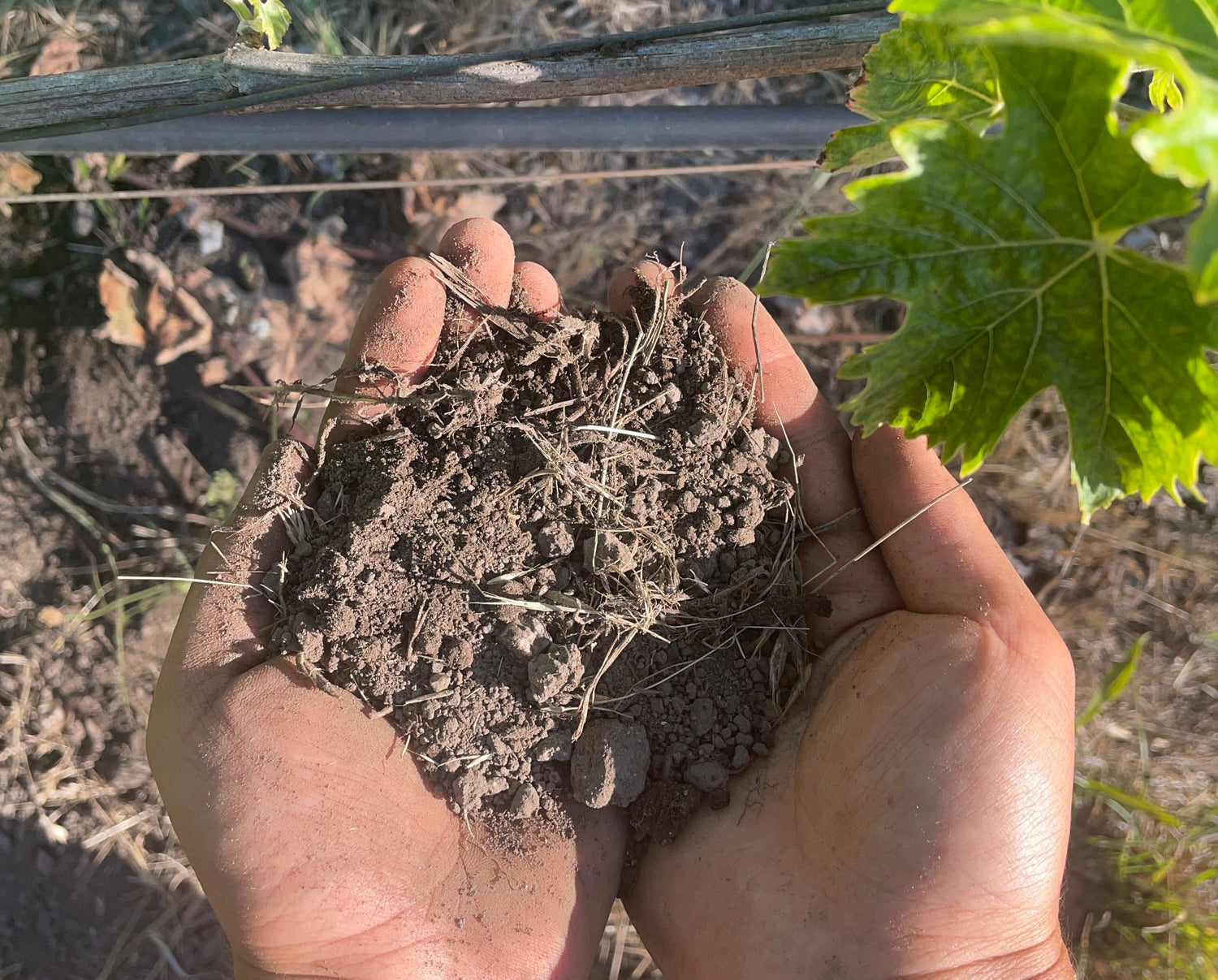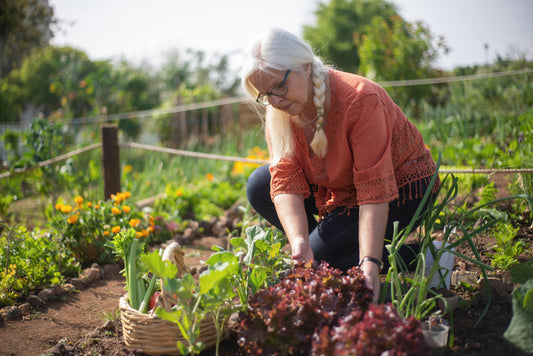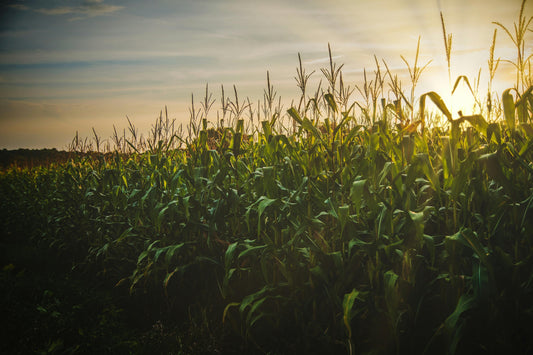California's diverse climate zones and geological complexity create unique soil challenges from coastal alkaline soils to inland saline conditions, making proper soil testing essential for successful residential gardening and landscaping throughout the Golden State.
Complete Guide to Residential Soil Testing in California: 2025 Methods and Recommendations
California homeowners can access soil testing through three primary methods: affordable DIY test kits for basic analysis, UC Cooperative Extension services for comprehensive testing with local recommendations, and private laboratories for detailed analysis including contaminant screening and specialized crop requirements.
Maintaining healthy gardens and landscapes in California requires more than just watering and fertilizing. Understanding the soil composition is essential for successful gardening and landscaping. Soil testing provides valuable insights into nutrient levels, pH balance, and other factors crucial for plant growth. In this comprehensive guide, we'll explore the importance of soil testing for residential purposes in California, the different methods available, and how to interpret the results for optimal gardening and landscaping.
Why Soil Testing Matters in California
California's diverse climate and soil conditions make it essential for homeowners and gardeners to understand their soil's composition. From the arid deserts of Southern California to the fertile valleys of the Central Coast, each region presents unique challenges and opportunities for gardening and landscaping. Soil testing helps homeowners identify deficiencies or excesses in nutrients, determine soil pH, and assess other factors like salinity and texture.
According to the USDA Natural Resources Conservation Service, California's soils are part of the National Cooperative Soil Survey, which provides scientifically-based soil information to support agricultural and residential land management decisions across the state's diverse geological regions.
Factors Influencing California Soil Composition
Climate Variations
California's climate varies widely, from Mediterranean along the coast to arid and semi-arid in the interior. Temperature, rainfall, and humidity levels influence soil formation and nutrient availability. California's varied geology creates unique gardening challenges, from coastal dunes to volcanic soils in the North Coast and alkaline desert soils.
Geological Diversity
The state's diverse geology contributes to different soil types, ranging from sandy loam to clayey soils, depending on factors like parent material, erosion, and deposition. Alluvial soils form the backbone of Bay Area agriculture, created by sediment deposition from rivers and streams flowing from surrounding mountain ranges.
Land Use History
Past land use practices, such as agriculture, construction, or previous landscaping, can impact soil health and fertility, affecting current gardening efforts. Urban soils throughout California often contain construction debris, imported fill material, and amendments added over decades of landscape management.
Soil Testing Methods Available in California
DIY Soil Test Kits
DIY soil test kits are affordable and easy to use, making them popular among homeowners. These kits typically provide basic information on pH levels, nutrient levels (nitrogen, phosphorus, potassium), and sometimes secondary nutrients like calcium and magnesium. While convenient, DIY kits may lack the precision and depth of professional soil testing.
Inexpensive do-it-yourself soil test kits are available but not all of them are accurate, while commercial analytical lab tests take more time and can be more expensive but provide more accurate results.
UC Cooperative Extension Services
The University of California Cooperative Extension system provides soil testing resources throughout the state. UC Cooperative Extension Sonoma has a list of Northern California laboratories, and many counties offer soil testing services through cooperative extension offices. These services often provide more comprehensive soil analysis, including micronutrient levels, organic matter content, and recommendations for soil amendments.
UC Cooperative Extension provides listings of soil testing laboratories in various California counties, though they note that listings are for informational purposes only and do not constitute endorsement.
Private Laboratories
Private soil testing laboratories offer the most comprehensive analysis, with options for specialized tests tailored to specific needs. These labs utilize advanced techniques to assess soil fertility, texture, microbial activity, and contaminant levels. While more expensive than DIY kits or cooperative extension services, private labs provide detailed reports and personalized recommendations for soil management.
Professional laboratories like AGQ Labs provide comprehensive agricultural soil analysis using high-tech equipment and production design for fast response times and competitive pricing.
Understanding Soil Test Results
Essential Nutrient Analysis
Soil tests measure essential nutrients like nitrogen (N), phosphorus (P), and potassium (K), often referred to as NPK. Nitrogen is usually the most limiting crop nutrient, while phosphorus' primary role is to store and transfer energy produced by photosynthesis. Optimal nutrient levels vary depending on the type of plants grown and soil type.
pH Balance Assessment
Soil pH influences nutrient availability and microbial activity, affecting plant growth and health. Soil pH is a measure of the acidity or alkalinity of a soil, with factors affecting soil pH management options and the relationship to soil function. Most plants prefer slightly acidic to neutral soils (pH 6.0-7.0), although some species may have specific pH requirements.
Organic Matter and Soil Structure
Soil tests also assess organic matter content and soil texture, which influence water retention, drainage, and soil structure. Soil organic matter is the organic component of the soil, with factors affecting how to manage organic matter and its relationship to soil function. Sandy soils drain quickly but may lack nutrients, while clay soils retain water but may become compacted.
Salinity and Contamination Screening
In regions with high salinity or contamination risks, soil tests can detect elevated levels of salts, heavy metals, or other pollutants. Soil electrical conductivity (EC) is a measure of the salts in the soil, with management considerations for soil salinity and problems related to EC. Excessive salinity can inhibit plant growth, while contaminants pose health risks to humans and animals.
Practical Applications for California Gardens
Targeted Fertilization
Adjusting nutrient levels based on soil test results ensures proper fertilization, preventing over-application and nutrient imbalances. A 2024 study found that soil testing reduced fertilizer use by 20% in California, protecting ecosystems like the San Francisco Bay. Organic amendments like compost, manure, or cover crops can supplement nutrient deficiencies while improving soil health.
pH Management
Adding lime or sulfur according to soil test recommendations helps maintain optimal pH levels for plant growth. Acid-loving plants like azaleas and blueberries benefit from acidic soils, while others may require neutral or slightly alkaline conditions. Apply lime for acidic North Coast soils or sulfur for alkaline Inland Empire soils.
Soil Structure Improvement
Soil tests provide insights into soil texture and structure, guiding amendments like gypsum for clay soils or perlite for improving drainage in sandy soils. Add compost to enhance organic matter in urban gardens. Organic matter additions improve soil fertility, water retention, and microbial activity, promoting healthy plant growth.
Water Management Optimization
Soil tests help optimize irrigation practices by assessing water retention and drainage characteristics. Infiltration refers to the soil's ability to allow water movement into and through the soil profile. Understanding soil moisture levels prevents overwatering or underwatering, conserving water resources and promoting plant health.
California-Specific Testing Considerations
Regional Soil Challenges
Different regions of California face unique soil challenges. California's varied geology creates unique gardening challenges, from the sandy loams of San Diego to the heavy clays of the Sacramento Valley. Coastal areas may deal with salt spray and alkaline conditions, while inland areas often face salinity issues and extreme pH variations.
Urban Contamination Concerns
Screen for heavy metals in urban areas like Oakland, per EPA Soil Guidelines. Urban soils may contain lead, especially in older developed areas, and other contaminants that require specialized testing and remediation strategies.
Water Quality Integration
Testing is especially important for gardeners using well water, common in rural Northern California. Understanding both soil and water quality helps create comprehensive management strategies for optimal plant growth.
Professional Resources and Support
State and Federal Programs
California's Healthy Soils Initiative is a collaboration of state agencies led by the California Department of Food and Agriculture to promote healthy soil development. The USDA Natural Resource Conservation Service provides financial and technical assistance through the Environmental Quality Incentives Program (EQIP).
Educational Resources
The NRCS Soil Health Educators Guide provides comprehensive information about soil properties, management factors, and testing methods. These resources help homeowners understand complex soil science concepts and apply them practically.
Testing Frequency and Timing
The University of California Cooperative Extension recommends testing every 2-3 years for actively managed soils and annually for intensive production systems. New gardens should be tested before planting, and established gardens benefit from regular monitoring to track changes in soil health over time.
For optimal results, collect soil samples when soil is at field capacity (moist but not waterlogged) and avoid testing immediately after fertilizer application or during extreme weather conditions.
Conclusion
Residential soil testing is a valuable tool for homeowners and gardeners in California, providing essential information for successful gardening and landscaping. By understanding soil composition, nutrient levels, pH balance, and other factors, individuals can make informed decisions to optimize plant growth, conserve resources, and maintain healthy landscapes. Whether through DIY kits, cooperative extension services, or private laboratories, soil testing empowers homeowners to cultivate vibrant gardens and landscapes that thrive in California's diverse environment.
Sources
- USDA Natural Resources Conservation Service. California Soil and Soil Health. https://www.nrcs.usda.gov/conservation-basics/conservation-by-state/california/soil-and-soil-health-in-california
- USDA Natural Resources Conservation Service. Soil Health Educators Guide. https://www.nrcs.usda.gov/conservation-basics/natural-resource-concerns/soils/soil-health/soil-health-educators-guide
- University of California Agriculture and Natural Resources. Soil Testing Services. https://mgsantaclara.ucanr.edu/garden-help/soil-testing/
- UC Cooperative Extension. Soil Testing Laboratories Directory. https://ucanr.edu/county-office/cooperative-extension-ventura-county/soil-testing-laboratories
- California Department of Food and Agriculture. Healthy Soils Initiative. https://www.cdfa.ca.gov/healthysoils/
- USDA Natural Resources Conservation Service. Soil Surveys by State. https://www.nrcs.usda.gov/conservation-basics/natural-resource-concerns/soil/soil-surveys-by-state
- USDA Natural Resources Conservation Service. Soil Health Assessment. https://www.nrcs.usda.gov/conservation-basics/natural-resource-concerns/soils/soil-health/soil-health-assessment
- EPA. Soil Contamination Guidelines and Testing Resources. https://www.epa.gov/superfund/superfund-soil-contamination







